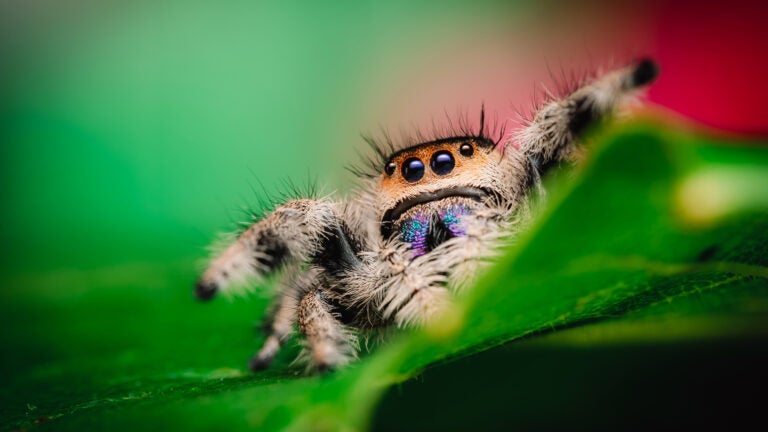
Study finds thriving bug biodiversity in Los Angeles backyards
Original story by Laura Melissa Guzman, Teagan Baiotto, and Charles Lehnen
A new study on bug biodiversity has found that a biodiverse group of bugs and spiders are thriving in Los Angeles’s urban backyards, even in neighborhoods with limited vegetation.
The study was co-authored by Wrigley Institute faculty affiliate and 2022-2024 Faculty Innovation Award recipient Laura Melissa Guzman, 2023 Wrigley Institute graduate fellows Teagan Baiotto and Charles Lehnen, and colleagues from the Natural History Museum of Los Angeles County (NHMLA), USC, and California State University. Drawing on the NHMLA’s BioSCAN project, the study collected and identified bugs caught in traps that were installed in L.A. residents’ backyards across a variety of neighborhoods. The researchers then compared the bug populations against numerous environmental data points, such as tree cover, amount of pavement, temperature, and nearby topography.
Ultimately, the study found that proximity to mountains and temperature stability throughout the year were the greatest predictors of backyard bug biodiversity. Arthropods–insects and spiders with segmented bodies, jointed legs, and hard exoskeletons–proved especially adept at surviving in L.A. backyards.
“Bug populations are essential for people, who rely on them to provide pollination, decompose plant and animal material and control pest insects,” wrote the study authors. “Imagine a city where dead animals or plant matter didn’t decompose. A city without insects would mean an environment without most types of wildlife, many of which rely on insects for food. Such a place would also have no flowers, fruits or vegetables growing. In fact, a world without insects would be a world without humans.”